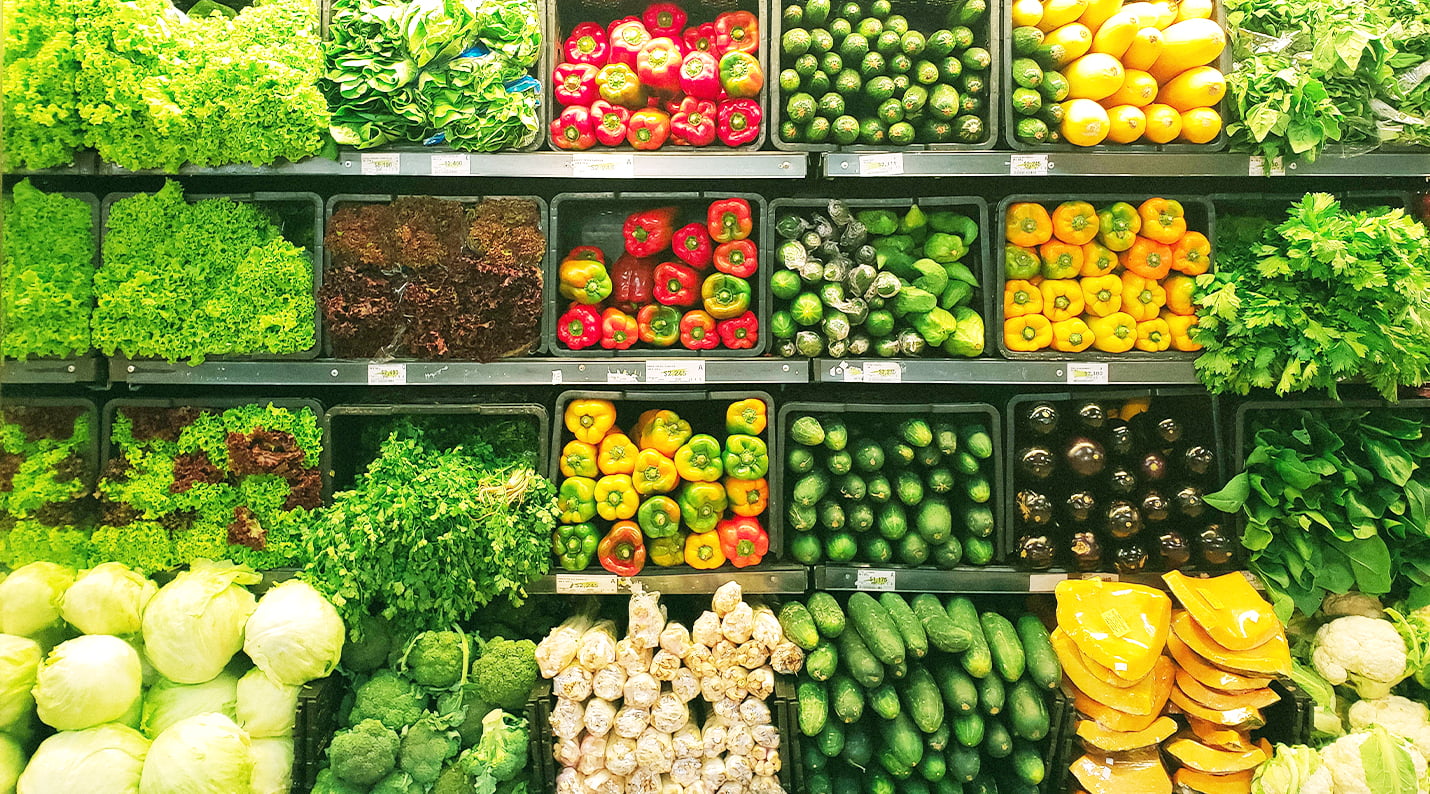In today's fast-paced world, convenience stores have become an integral part of our daily lives. These small retail establishments offer a wide range of products and services, catering to the needs of consumers on the go. From grabbing a quick snack to fulfilling immediate household requirements, convenience stores have revolutionized the way we shop. In this article, we delve into the fascinating realm of convenience stores worldwide, exploring their prevalence, growth, and impact on society.
- The Rise of Convenience Stores:
Convenience stores have witnessed exponential growth over the years, transforming from small mom-and-pop shops to global retail giants. The concept of convenience stores originated in the United States in the early 20th century, with the aim of providing easy access to essential items. Today, they have expanded their footprint across the globe, adapting to diverse cultural and economic landscapes. - Global Convenience Store Landscape:
To understand the magnitude of convenience stores worldwide, we delve into the numbers. While it is challenging to provide an exact count due to the dynamic nature of the industry, various estimates and reports shed light on the vast scale of convenience stores. According to industry research, there are approximately 1.3 million convenience stores globally, with Asia leading the pack, followed by North America and Europe. - Asia: The Convenience Store Capital:
Asia has emerged as the epicenter of convenience store culture, with countries like Japan, South Korea, and Taiwan boasting a dense network of these retail outlets. Japan, in particular, has witnessed a convenience store revolution, with major chains such as 7-Eleven, FamilyMart, and Lawson dominating the market. The convenience store concept has become deeply ingrained in Asian societies, offering not only groceries but also services like bill payments, ticket reservations, and even banking facilities. - North America: A Hub of Convenience:
In North America, convenience stores have become an integral part of the urban landscape. The United States alone houses over 150,000 convenience stores, with major players like 7-Eleven, Circle K, and Wawa catering to the diverse needs of consumers. These stores have evolved beyond mere retail outlets, providing fuel stations, quick-service restaurants, and even online delivery services to stay competitive in the market. - Europe: Embracing Convenience:
While Europe may not have the same density of convenience stores as Asia or North America, the concept has gained significant traction in recent years. Countries like the United Kingdom, Germany, and France have witnessed a surge in convenience store chains, offering a convenient shopping experience to time-strapped consumers. The European convenience store market is characterized by a mix of local and international players, each adapting their offerings to suit regional preferences.
Conclusion:
Convenience stores have undoubtedly revolutionized the way we shop, providing a one-stop solution for our immediate needs. With their global prevalence and continuous growth, convenience stores have become an indispensable part of modern society. Whether it's a quick snack, a last-minute purchase, or a convenient service, these stores cater to our fast-paced lifestyles. As the world continues to evolve, convenience stores will undoubtedly adapt and innovate, ensuring they remain an essential aspect of our daily lives.









+ There are no comments
Add yours